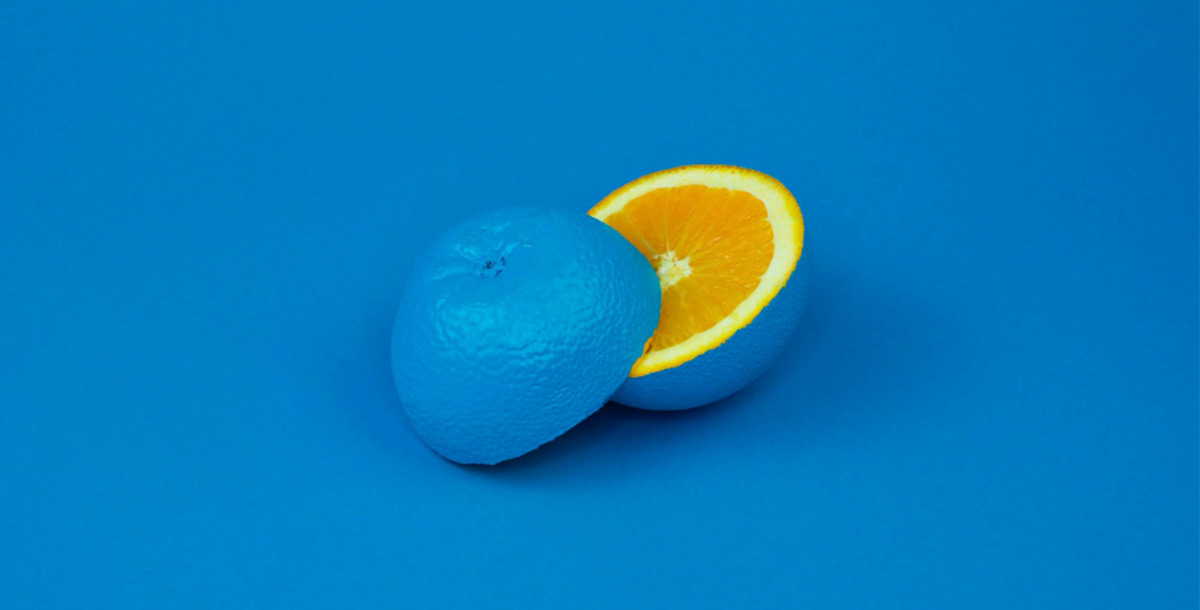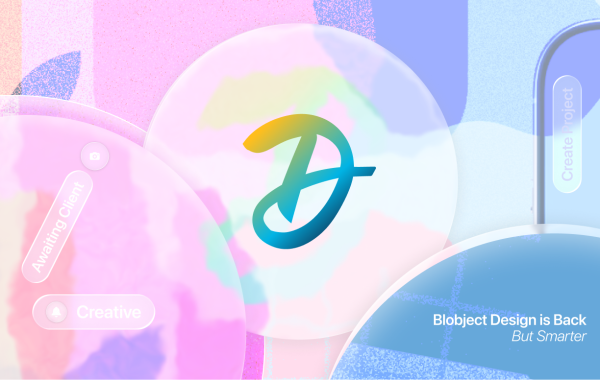As a business seeking design services, what are your goals?
A major aim that underlies most design choices for businesses is to encourage customers to buy. Whether you’re getting a new logo or some graphics for social media, it’s all about capturing the attention of the right people.
So, what is it about designs that can make people want to buy? Here we’re looking at a few principles on convincing your audience through your design choices:
What designers know…
First, it’s worth hiring a designer who knows what they’re doing. Good design involves much more than creative ideas and drawing skills – it means having knowledge of design psychology, too.
A good designer understands why some elements work well together and others don’t. They have knowledge of how a customer sees and interacts with a design and what can drive their behaviors.
Take product packaging as an example. We all know the importance of creating high-quality products, but how we package them plays a significant role in how well they sell. Take this quick extract from Megan Sullivan:
“We all want to believe that consumers make decisions on products and services strictly based on merit, with the best one winning. In spite of that hope, psychologists and retailers agree that in many cases this just isn’t true. Quality aside, sometimes the flashier, prettier or sexier product wins the day.”
Does that mean you should always go for flashy design? No. Designers also know that.
It’s about knowing the customer
One thing that can be difficult for business owners to let go of is attachment to particular design ideas. When you’re designing to encourage customers to buy, it’s important to remember that the design is for them not your own preferences.
There might be a component to your design idea that is meaningful to you, but it’s important to stop and ask yourself – is it meaningful to your target audience? Does it convey the message they need to hear?
An important first step before any design begins is to clearly define the customer. Include the answers to questions like:
- What are their demographics?
- What are their goals?
- What design aesthetic will appeal to them?
First impressions matter
There are several elements that go into what “good design” means, but one thing that an overall good design does is help to create an excellent first impression.
When you’re talking about first impressions that can encourage a customer to go on and buy, being memorable and standing out from the competition can help. This often starts with the things customers see first – your logo and any associated imagery. People take milliseconds to form a first impression, so the elements they see upfront really do matter.
Good design promotes consistency
Good brand design strategy means picking your styles and being consistent with them. For example, it would be weird if a big business research and change management firm like McKinsey and Company started using marketing designs that lean heavily on pop culture or that had messaging like “casual” or “fun.”
Determining a style guide based on what you’ve learned about your target audience can be useful here, both for graphic design and for written messaging.
Consistency means design cohesiveness, and cohesiveness helps you to be memorable. Some elements of cohesive design include your color palette, typefaces, subject matter and overall style. Below are two different examples of design styles – it’s important to pick a style that is a good fit for your brand.
Good design promotes brand consistency and recognizability


Design helps build brand relationships with customers
Customers often become emotionally connected to companies and your design helps to foster those emotions. For example, consider Apple with their clean, minimalist, human-centered approach. Apple designs are consistent and recognizable and have helped to build them a very loyal following.
What words would you associate with Apple? Probably things like high-tech, innovative, clean and reliable. There’s also an element of higher-end or luxury.
Your brand’s visual identity makes a strong contribution to the emotions associated with it and the relationships developed with customers. Of course, positive relationships, including brand loyalty, leads to more sales.
Design psychology
Here are a few principles of design psychology:
Color theory
Color theory has been studied a lot in commercial settings and to be quite honest, there is some variation in interpretations of color. When it is studied, it is in relation to how the colors make people feel or the emotions they associate with the color.
Any talk of design and the appropriate use of color should also put the goal in context. For example, product packaging often uses color as a means of standing out from competitors, while the colors on your website might be there to convey an emotion.
Color is also treated differently in different cultures, so this can be an important design consideration, especially if your products or services are sold in more than one culture. For example, in the US yellow is generally seen as being cheery and warm. In France, yellow is associated with weakness, jealousy and betrayal, while in Thailand, yellow is lucky and representative of the King.
Here are some common (US-centric) interpretations of color:
- Green – Calm, Freshness, Health
- Lighter Greens – Serenity, Nature
- Darker Greens – Wealth and Affluence
- Yellow – Hope, Positivity, Creativity
- Orange – Vitality, Excitement, Fun
- Brown – Strength, Durability, Earthiness
- Black – Prestige, Class, Sophistication
- White – Pure, Clean, Soft
- Red – Energetic, Passionate, Visceral
- Purple – Sophisticated, Mysterious, Creative
- Blue – Dependable, Trustworthy
Can your choice of colors influence whether people buy or not? According to multiple studies highlighted by Neil Patel, they can. An important observation taken from this article:
“Individual consumers have different color preferences that will affect their user experience. But, scientists have found that some colors seem to have widespread effects on us. For example, if you’re the type who gets distracted easily while engaged in a task, stimulating colors such as yellow, orange and red can refocus you on the job at hand.”
Is this why you often see reds and oranges used on “buy now” buttons or on advertising for sales?
An important takeaway from Patel’s article is that colors from all over the spectrum have been used to persuade people. The important part is how your designs appeal to the customers you want to attract.
Shapes and lines
Shapes and lines also have psychological principles attached when used in design. Here are some examples:
- Circular or curvilinear shapes – Positive emotions like friendship, community, relationships, femininity, and unity.
- Squares, triangles, and rectangles – Efficiency, stability, professionalism, balance, masculinity, and strength.
- Vertical lines – strength, aggression.
- Horizontal lines – stability, calm, equality.
Hicks’ Law
Hicks’ Law describes the time it takes for a person to reach a decision based on the possible choices that they have. More choices means a longer decision time until you reach the point where a person might make no decision at all. Most of us have experienced a time when we had so many choices, it was overwhelming trying to pick one.
In design, Hicks’ Law can be used to narrow down and simplify what you do. Show the most important things and narrow down the options or choices that a person has to make. For example, if you want to create a holiday ad for multiple products on sale, it may work better to dial back the number of choices you show.
Final thoughts
This has been a quick foray into the world of design and the psychology behind persuading your audience. There are many other theories that we could add in relation to psychology and how it relates to design.
If there is one key takeaway, it would have to be that knowing your audience is what really matters. Your designs shouldn’t be for you – they should ultimately appeal to the target market you’re trying to attract.
Need professional design help? Designed.co offers unlimited designs for a low, flat monthly fee.



